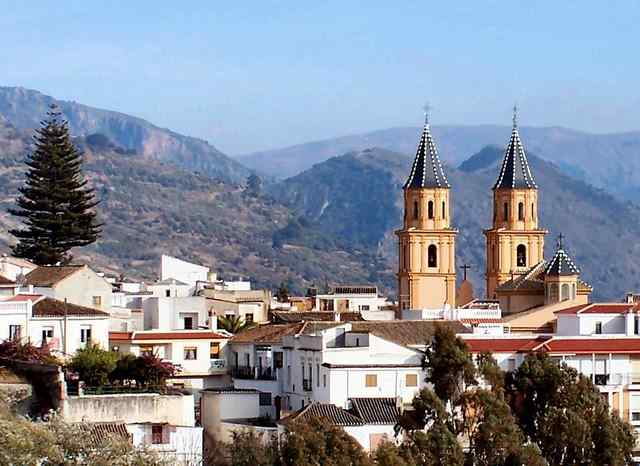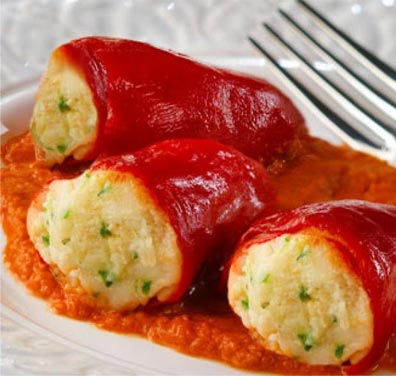The Alpujarra exists in more than 40 villages: Albondón, Albuñol, Almegíjar, Mecina Bombarón, Yegen, Bérchules, Bubión, Busquístar, Cádiar, Yator, Naril, Cáñar, Capileira, Carataunas, Cástaras, Gualchos, Juviles, Lanjarón, Lobras, Lújar, Murtas, Mecina Tedel, Cojayar, Laroles, Mairena, Picena, Órgiva, Pampaneira, Polopos, Pórtugos, Rubite, Soportújar, Sorvilán, Pitres, Mecina Fondales, Ferreirola, Torvizcón, Trevélez, Turón, Ugíjar, Válor, Nechite and Mecina Alfahar.
An area of enormous natural beauty and great contrasts. With a mild climate due to the influence of the Mediterranean and watered by a stable source of water that descends from the Sierra Nevada, the valleys of the Alpujarra enjoy an important degree of fertility and environmental diversity where fruit trees abound, such as oranges, lemons, persimmons, apples, figs, chestnuts, almonds and vineyards.
What is so special about this area of the Sierra Nevada?
– is a mountainous area with a narrow, winding road, along which you will find breathtaking viewpoints
– its spectacular scenery, the beauty of its villages and the tranquillity
– its architecture with Berber models. The houses of the Alpujarras are cubic in shape with a flat roof. The roof is made of magnesian clay that is waterproofed by rain and has a stone eave.
– Craftsmanship is not only a cultural expression, but the fruit of the need of these villages, which were sometimes isolated and had to be self-sufficient. Jarapas, “mota” carpets, tapestries, etc. are made. Esparto grass and wickerwork are other traditions.
–
Do you want to discover them?
In Alpujarra Secret your journey begins.










